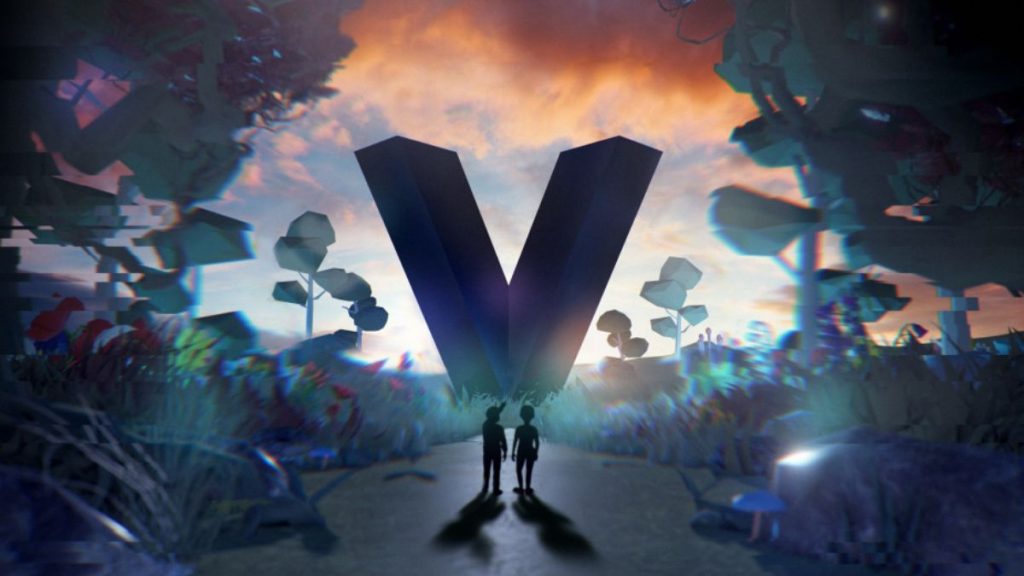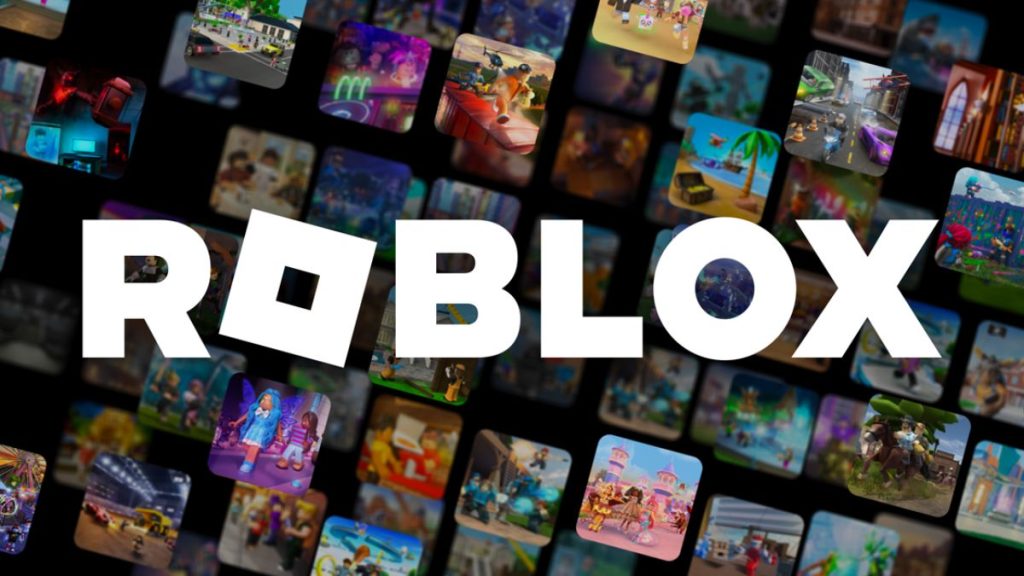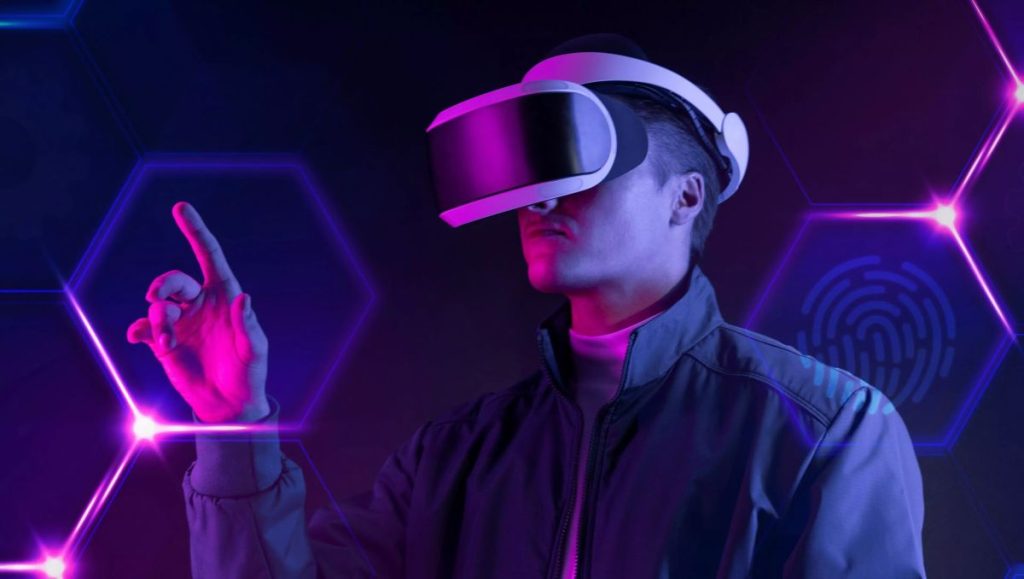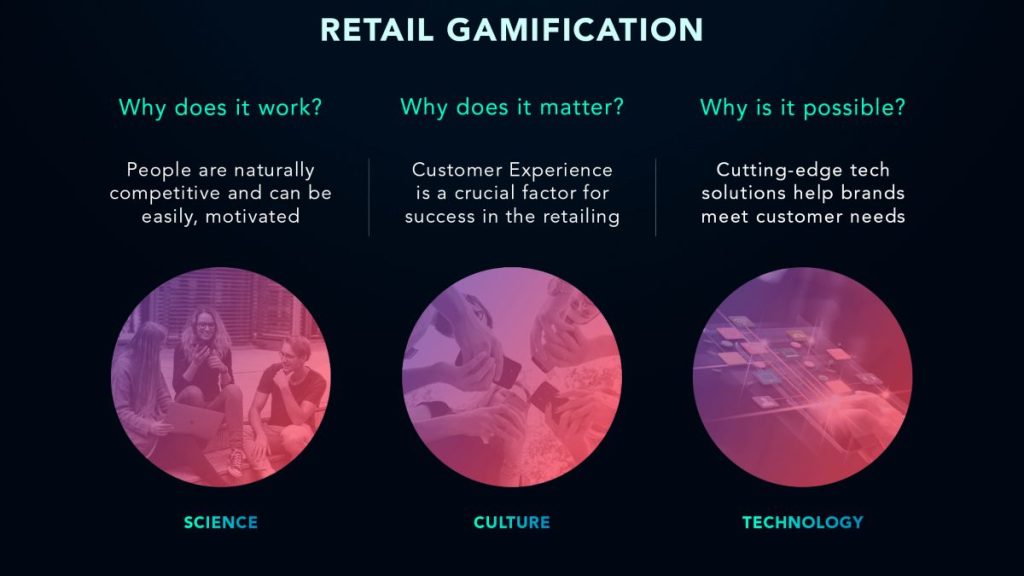The world of online gaming has seen remarkable advancements in recent years, revolutionizing not only how we play but also how we shop. The seamless integration of e-commerce within gaming platforms has opened up a whole new dimension of interactive shopping experiences for gamers.
In this article, we will explore the future of online gaming and e-commerce, examining the ways in which gaming platforms are transforming the way we shop. From virtual marketplaces to personalized in-game purchases, let’s delve into the exciting world where gaming and shopping converge.
Brands Target Gamers’ Needs

The future of shopping lies within gaming platforms and the virtual worlds they create. These platforms will serve as the stores of tomorrow, where shoppers can not only explore but also purchase real products. Pilot examples, such as Vollebak, KFC, and Design Home, are already showcasing the direction this new form of commerce is taking.
Vollebak, a high-tech clothing brand based in Britain, plans to establish a store in Decentraland, a virtual universe where users can test, buy, and sell virtual goods for their in-game avatars. For instance, they can acquire a “Mars Jacket” and then convert it into a physical jacket through Vollebak’s website.
Even KFC is getting into the action!

In the same vein, KFC UAE recognizes that gamers frequently utilize keyboard shortcuts to improve their in-game performance. To cater to this audience, the brand introduced the Shift + K + F + C shortcut, allowing gamers to place orders quickly while continuing to play. Once gamers save their preferred meal, address, and credit card information, orders can be seamlessly placed and delivered.
Recent data reveals that 80% of gamers in North America, Western Europe, and APAC engage in gaming while eating, presenting a wealth of opportunities for food brands looking to drive conversions among this captivated audience.
Likewise, Design Home, a game that enables users to fulfill their interior design aspirations by curating digital spaces, now permits gamers to purchase products for their real-world homes. This feature has gained substantial popularity, leading Design Home to not only create a private label line of virtual furniture seen in the game but also form partnerships with William-Sonoma, West Elm, and Pottery Barn. These collaborations incorporate real home décor items from these brands into in-game challenges, making them readily shoppable.
Consider the possibilities this presents for industries that thrive on significant life events. For instance, the wedding industry could leverage this concept for wedding registries, while the college industry could use it for dorm move-ins. The childcare industry could even create baby shower wish lists, and the potential extends to various other sectors.
A New Form of Currency

The average person still finds non-government-backed currencies, such as Bitcoin and Ethereum, somewhat intangible despite their increasing presence in everyday discussions. Consequently, only a few brands have embraced them. So, what could expedite their wider adoption? The answer lies in gaming.
Although people may not fully comprehend cryptocurrencies, they are already actively using various digital currencies within gaming platforms on a daily basis. Games like Fortnite, Roblox, Animal Crossing, and Candy Crush Saga have their own forms of in-game currency, such as V-Bucks, Robux, Bells, and Gold Bars, respectively.
Players can obtain these currencies by purchasing them or earning them through gameplay. Regardless of the acquisition method, these currencies can be utilized to purchase a wide range of digital items, from virtual mahi-mahi to the latest digital sneakers.
Roblox takes the concept a step further by enabling gamers to create and sell their own mini-games to other players in exchange for Robux, the platform’s in-game currency. These earned Robux can then be converted into real-world money, with some creators earning over $100 million USD in just one quarter.
Considering that Roblox was the fastest-growing game in 2020 and is played by approximately half of all Americans under the age of 16, it’s easy to envision that non-government-issued currencies will be even more readily embraced by the next generation.
To adapt to this evolving landscape, it is crucial to comprehend this new world, learn how to navigate it effectively, and actively participate in it.
Virtual Marketplaces: Bridging Gaming and E-commerce
One of the most significant developments in online gaming is the emergence of virtual marketplaces. These digital platforms allow players to buy, sell, and trade in-game items, creating an economy within the gaming universe. Gaming giants like Steam, Epic Games Store, and Valve’s Steam Marketplace have paved the way for this phenomenon, enabling gamers to monetize their virtual assets. Players can now purchase rare items, cosmetics, and even entire game expansions, enhancing their gameplay experience.
Virtual marketplaces have also given rise to the concept of “loot boxes” or “gacha” mechanics, where players spend real or in-game currency to unlock random items. This controversial practice has garnered attention due to its similarities to gambling. Nevertheless, it remains a significant aspect of the gaming industry and has become a lucrative avenue for e-commerce.
In-Game Advertising
From Sponsorships to Product Placements As gaming continues to gain mainstream popularity, companies are increasingly recognizing its potential as an advertising platform. In-game advertising, such as product placements and brand sponsorships, has become an integral part of the gaming experience. With the ability to reach a massive and engaged audience, advertisers are leveraging gaming platforms to promote their products and services.
Gaming studios and publishers are now partnering with brands to integrate their products seamlessly into gameplay. From billboards in racing games to branded items in virtual worlds, these strategic collaborations create a symbiotic relationship between gaming and e-commerce. Players benefit from a more immersive experience, while advertisers gain exposure and reach a highly targeted demographic.
Augmented Reality (AR) and Virtual Reality (VR)

The advent of augmented reality (AR) and virtual reality (VR) technologies has ushered in a new era of immersive gaming experiences. AR allows gamers to overlay virtual elements onto the real world, while VR transports players into entirely virtual environments. These technologies have significant implications for e-commerce, as they can transform the way we shop for physical products.
Imagine trying on virtual clothing or accessories through AR, eliminating the need for physical fitting rooms. VR can offer a virtual storefront experience, where users can explore and purchase products in a virtual environment. These technologies have the potential to bridge the gap between online and offline shopping, creating interactive and personalized experiences for consumers.
Personalization and Customization: Tailoring the Gaming Experience
Gaming platforms are increasingly leveraging data analytics and artificial intelligence to personalize the gaming experience and drive e-commerce. By analyzing player behavior and preferences, gaming companies can offer personalized recommendations, targeted promotions, and in-game purchases.
For example, players may receive tailored offers based on their gaming history, allowing them to unlock exclusive content or discounts on related merchandise. Customization options within games also provide opportunities for players to personalize their virtual avatars or game environments using in-game or real-world purchases.
Social Gaming: Community Engagement and Influencer Marketing
The rise of social gaming has transformed the way gamers connect and interact with each other. Multiplayer games and online communities foster a sense of camaraderie and provide a platform for socialization. Gaming platforms have harnessed the power of these communities for e-commerce purposes,
Influencer marketing has become particularly prevalent in the gaming industry. Influencers, who are avid gamers with a significant following, have the ability to sway consumer behavior through their recommendations and gameplay footage.

Gaming companies often collaborate with influencers to promote their products, leveraging their influence to reach a broader audience. This form of marketing has proven highly effective, as it taps into the trust and loyalty established between influencers and their followers.
Subscription-Based Models and Gaming as a Service

The rise of subscription-based models has revolutionized the way gamers access and consume content. Platforms like Xbox Game Pass and PlayStation Now offer extensive libraries of games for a fixed monthly fee. This shift towards gaming as a service has implications for e-commerce, as players can access a wide variety of games without the need to purchase individual titles.
Additionally, subscription-based models open doors for in-game purchases and microtransactions, where players can enhance their gaming experience through cosmetic items, extra levels, or exclusive perks. These models create ongoing revenue streams for gaming companies while providing gamers with a sense of ownership and customization.
Gamified Shopping Experiences

Retailers are leveraging the principles of game design to make shopping more engaging and enjoyable for consumers. Gamified shopping experiences can involve challenges, achievements, or rewards for completing specific tasks or making purchases.
This approach enhances user engagement, encourages repeat visits, and fosters a sense of excitement and anticipation. By gamifying the shopping experience, retailers can create a unique and immersive environment that keeps consumers coming back for more.
Blockchain Technology and Virtual Currency

Blockchain technology and cryptocurrencies have made their way into the gaming industry, offering new opportunities for secure transactions and the creation of virtual economies. Blockchain-based platforms allow players to purchase, sell, and trade in-game assets using cryptocurrencies, providing transparency, security, and ownership rights.
Virtual currencies, such as Bitcoin and Ethereum, have gained traction within gaming communities, enabling gamers to make purchases and participate in online economies. This integration of blockchain technology and virtual currency opens up possibilities for cross-game compatibility, where assets from one game can be utilized in another, further blurring the lines between gaming and e-commerce.
Final Words
The future of online gaming and e-commerce is a dynamic and interconnected landscape, where gaming platforms and online marketplaces converge to reshape the way we shop. But from virtual marketplaces and in-game advertising to augmented reality, personalization, and social gaming, the gaming industry is at the forefront of transforming the shopping experience.
By embracing the evolving relationship between gaming and e-commerce, businesses can tap into this growing market and engage with a highly engaged and tech-savvy audience. As gamers increasingly look to their favorite gaming platforms for both entertainment and shopping, the synergy between gaming and e-commerce will continue to reshape the future of online retail.
Also Read:
- How Millennials Are Reshaping Investment Strategies for the Future
- Best Armor Sets in Legend of Zelda: Tears of the Kingdom (& How to Get Them)
- Diablo 4 Necromancer Build Guide: Best Skills and Builds
- What Cyberpunk 2077 quests to finish before playing Phantom Liberty DLC?
- All about Madden 24: Cover, features, and Madden 24 deluxe edition
FAQs
Gaming platforms are integrating e-commerce features, allowing users to explore and purchase real products within virtual worlds. Examples include virtual stores like Vollebak in Decentraland, where users can buy high-tech clothing, and partnerships between games like Design Home and home decor brands, enabling players to purchase real-world products for their homes.
Retailers are incorporating game design principles into shopping experiences. Gamified shopping experiences involve challenges, achievements, or rewards for completing tasks or making purchases. This approach enhances user engagement, encourages repeat visits, and creates excitement. By gamifying the shopping experience, retailers can create immersive environments that keep consumers coming back for more.












